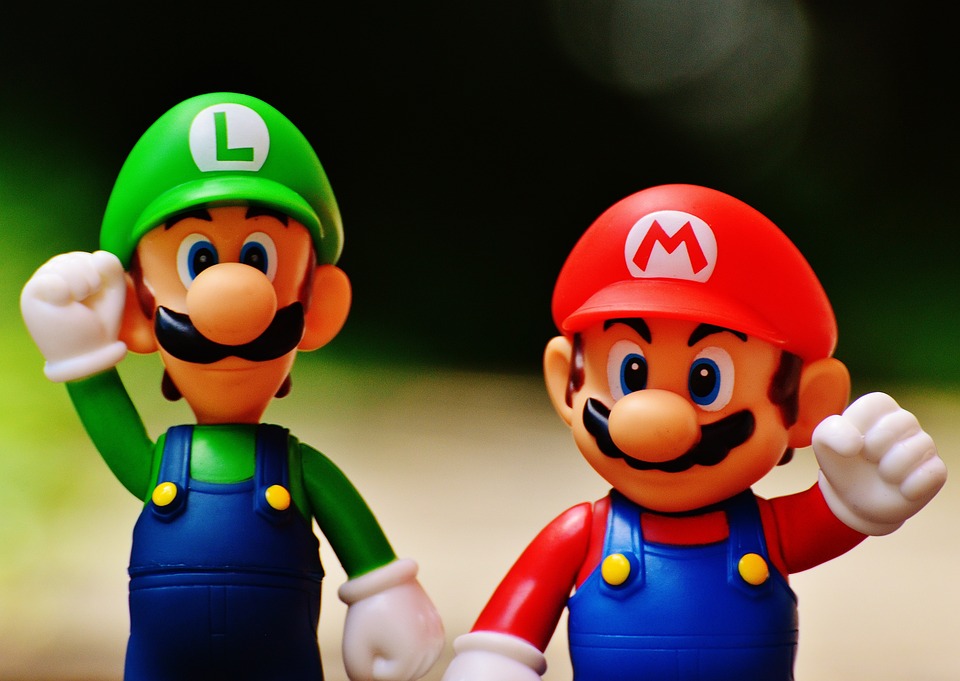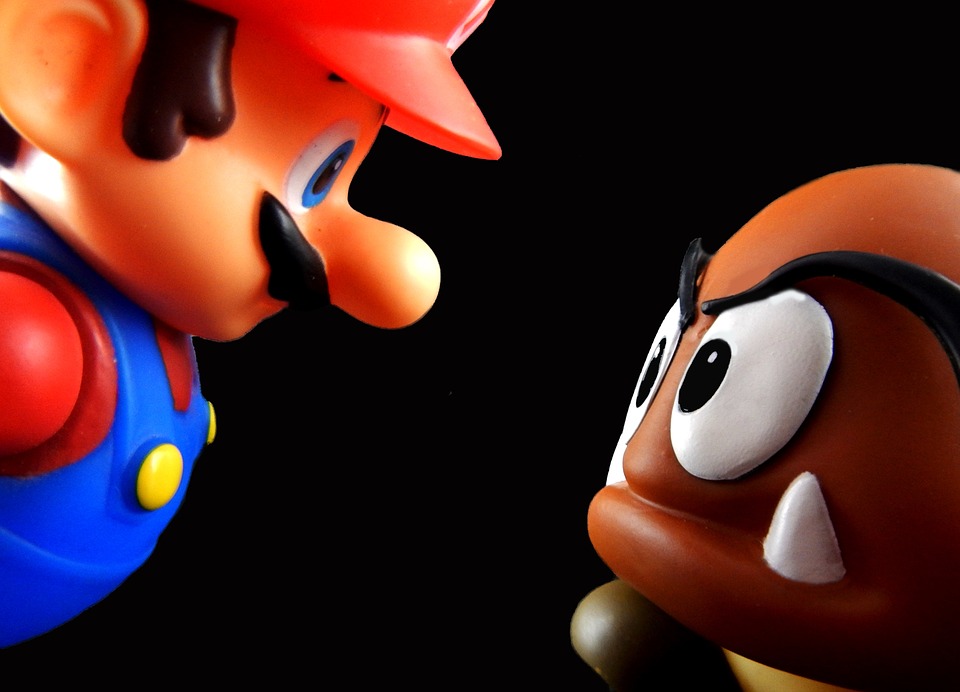When Nintendo launched Super Mario 64 for the Nintendo 64 in 1996, they didn’t merely introduce a new Mario game; they opened the door to a new paradigm in video gaming. This game was groundbreaking for many reasons, from its revolutionary 3D gameplay to its expansive, interactive world, setting the blueprint for countless future titles.
Before diving into the key elements that make Super Mario 64 a timeless masterpiece, it’s worth understanding the context in which it was released. Historically, Mario games had always been side-scrolling platformers. Titles like Super Mario Bros. and Super Mario World defined an entire genre, with linear level designs and two-dimensional movement. By the mid-’90s, both players and developers were yearning for a fresh experience.

Enter Super Mario 64. The jump to 3D platforming was not merely a shift in aesthetic but a leap in how games could be designed and played. Seeing Mario running around in a fully three-dimensional world was something most gamers had only dreamed of. The game’s innovative use of the Nintendo 64’s analog stick allowed for precise control, setting a new standard for character movement in 3D spaces.
One of the many things that set Super Mario 64 apart was its approach to level design. Instead of funneling players through a series of preset paths, the game offered open-world “courses” with multiple objectives. This non-linear approach invited exploration, allowing players to interact with the environments in various ways. Collecting Power Stars by completing tasks like solving puzzles, fighting bosses, or navigating perilous terrains rewarded curiosity and skill equally.
Moreover, the game’s physics engine was another marvel. The way Mario moved—his jumps, dives, and wall-kicks—felt remarkably smooth and responsive. Over time, mastering these mechanics became part of the challenge and enjoyment. To this day, speedrunners find new and ingenious ways to exploit these mechanics to complete the game in record times.
The storyline of Super Mario 64 might seem straightforward by today’s standards, but it was perfectly suited for its time. Princess Peach invites Mario to her castle, only for him to find out she’s been kidnapped by Bowser yet again. The castle acts as a hub world, with many paintings serving as portals to different levels. For many, it was the first game that truly felt like a world waiting to be explored.
The characters within these worlds also added to the game’s charm. Familiar faces like Bob-ombs, Koopa Troopas, and Chain Chomps made their 3D debuts, rendered with a new level of detail that was awe-inspiring in 1996. New characters like the ever-helpful Toad were welcomed additions, adding layers of personality and assistance throughout the castle.

Super Mario 64 pushed the boundaries of what could be achieved on the Nintendo 64 hardware. The game’s graphics, while simple by modern standards, were groundbreaking at the time. Each level was meticulously designed to take full advantage of the system’s capabilities, with lush textures, dynamic lighting, and intricate geometry. The game also featured one of the first fully 3D camera systems, designed by Lakitu, the cloud-riding camera operator. Controlling the camera with the C-buttons was a learning curve for many players, but it was a pivotal step in the evolution of 3D gaming.
On the audio front, Koji Kondo’s soundtrack for Super Mario 64 remains iconic. The music ranges from the soothing melody of “Bob-omb Battlefield” to the foreboding tune of “Bowser’s theme.” Each track complements its respective level perfectly, adding to the immersive experience. The sound effects, too, were groundbreaking. Hearing Mario’s cheerful yahoos and wah-hoos as he jumps and explores his environment added another layer of charm.
More than two decades after its release, Super Mario 64 continues to influence the gaming landscape. It set a new standard for 3D platformers and inspired numerous titles in various genres. The game’s open-world design paved the way for other iconic games like The Legend of Zelda: Ocarina of Time and Banjo-Kazooie. Its influence can still be seen in contemporary titles, such as Super Mario Odyssey, which pays homage to its predecessor in numerous ways.
The development techniques and design philosophies introduced in Super Mario 64 have become industry staples. The game’s influence extends beyond Nintendo, impacting game design in studios worldwide. Websites like IGN and GameSpot have continually celebrated its legacy, with many industry professionals citing it as a pivotal moment in their understanding of game design.

Nintendo has re-released Super Mario 64 multiple times, each time garnering a new generation of fans. The game saw a remake on the Nintendo DS with updated graphics and additional content, while the Nintendo Switch offered a more faithful rendition in the Super Mario 3D All-Stars collection. Each of these releases reminds players of why they fell in love with the game in the first place and introduces its timeless appeal to new audiences.
The fan community surrounding Super Mario 64 is incredibly active and dedicated. From mods that add new levels and mechanics to fan-made high-definition remakes, the love for this game knows no bounds. Speedrunning communities continue to thrive, with players constantly discovering innovative techniques to break the game’s limits and set new records.
Super Mario 64 was more than a game; it was a revolution. It changed the way gamers and developers thought about 3D gaming and opened up a world of possibilities for the future. Though its graphics and mechanics might show their age, the game’s core design remains as engaging and innovative as ever. It stands as a testament to creative vision, technical prowess, and the timeless appeal of a mustachioed plumber named Mario.



